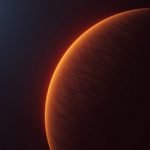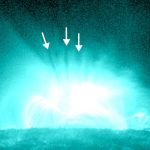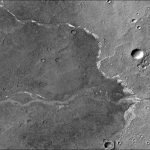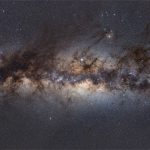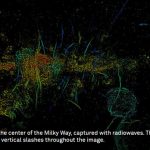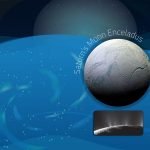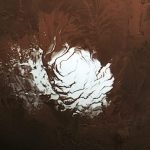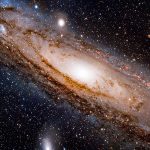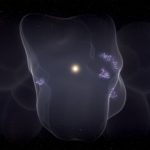This exoplanet has a complex and exotic atmosphere
The atmosphere of Earth is not a uniform envelope but consists of distinct layers that each have characteristic properties.
The lowest layer that spans from...
Scientists explain mysterious finger-like features in solar flares
In January 1999, scientists observed mysterious motions within a solar flare.
Unlike typical flares that showed bright energy erupting outwards from the Sun, this solar...
Liquid water flowed on Mars much longer than previously thought
Mars once rippled with rivers and ponds billions of years ago, providing a potential habitat for microbial life.
As the planet's atmosphere thinned over time,...
Scientists find mysterious energy source in the universe unlike anything before
A team mapping radio waves in the universe has discovered something unusual that releases a giant burst of energy three times an hour, and...
Scientists find nearly 1,000 mysterious strands in Milky Way galaxy’s turbulent center
An unprecedented new telescope image of the Milky Way galaxy's turbulent center has revealed nearly 1,000 mysterious strands, inexplicably dangling in space.
Stretching up to...
Are there oceans on other worlds? We asked a NASA expert.
The story of oceans is the story of life.
Oceans define our home planet, covering the majority of Earth’s surface and driving the water...
Liquid water on Mars may be only a dusty mirage
Liquid water previously detected under Mars’ ice-covered south pole is probably just a dusty mirage, according to a new study of the red planet...
Scientists find a black hole unlike any other
Astronomers discovered a black hole unlike any other.
At one hundred thousand solar masses, it is smaller than the black holes we have found at...
Scientists explore the real impact of Starlink Satellites
Since 2019, SpaceX has been launching an increasing number of internet satellites into orbit around Earth.
The satellite constellation, called Starlink, now includes nearly 1,800...
How a bubble gives birth to young stars
The Earth sits in a 1,000-light-year-wide void surrounded by thousands of young stars — but how did those stars form?
In a paper published in...

